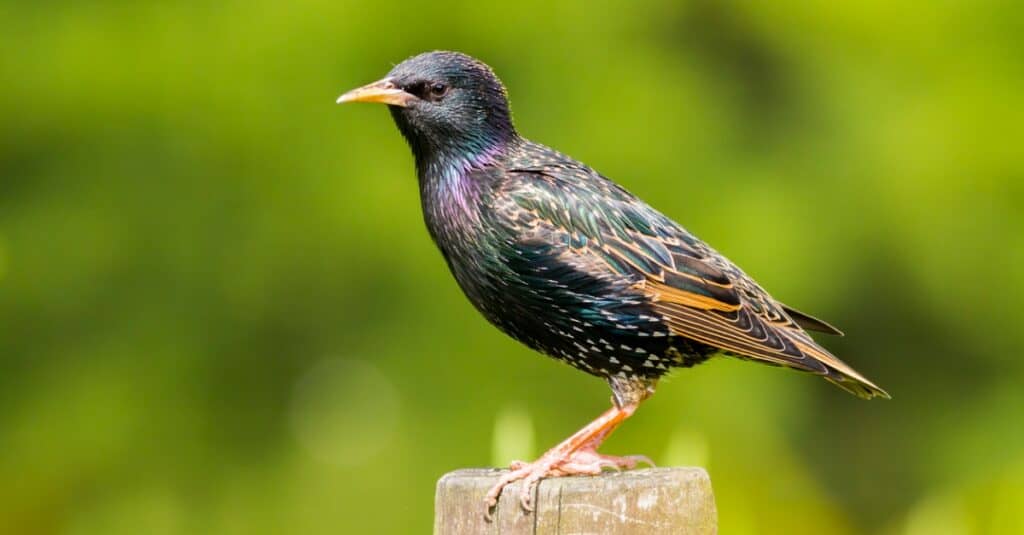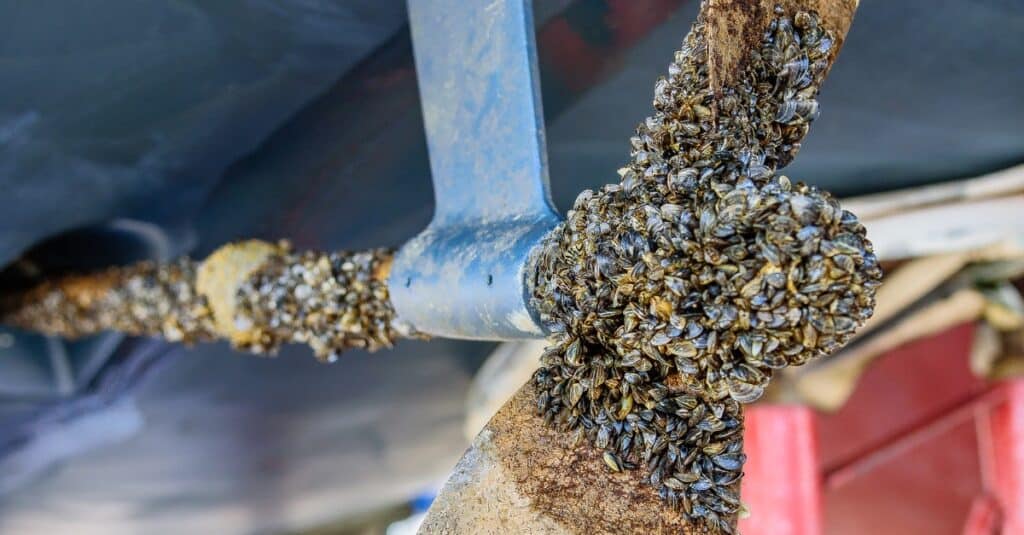A species is considered introduced if its existence in an area is human-mediated. And the introduction of an animal or plant can be intentional or accidental.
Introduced Species Meaning
An introduced species is an animal or plant living outside its native range that arrived through human activity, either directly or indirectly. They are also considered non-native species and can become naturalized, meaning they become established in a non-native area and reproduce, spreading beyond the point of introduction. These exotic species can have positive or negative effects on the local environment and ecosystem. Introduced species are distinguished from those that inhabit a new area through natural means.

The European starling is an example of an introduced species.
©iStock.com/chris2766
Common Introduced Species and Examples
Birds are an excellent example of introduced species. In the 1890s, a group of people set loose over 100 European starlings in Central Park because they wanted America to have all of the birds Shakespeare wrote about. Their population exploded over time, and today they are one of the most abundant bird species in North America.
Some other examples of introduced species include the house sparrow, ring-necked pheasant, western honeybee, black rat, and water fleas.
Introduced Species vs Invasive Species
An introduced species can become an invasive species if it meets specific requirements. If a species spreads quickly and widely beyond the place of introduction, causing harm and becoming a pest, it is considered invasive. For it to meet this definition, a species must cause damage to the environment, economy, and resources, or pose a significant threat to human health. Generally, an invasive species is an introduced species that becomes a pest in its new environment.
Types of Introduced Species
A species is considered introduced if its existence in an area is human-mediated. And the introduction of an animal or plant can be intentional or accidental.
Intentional Introduction
Intentionally introduced species are released into a new region by humans for a purpose. There are several reasons humans may intentionally introduce a species:
- Economic gains, such as in agriculture and aquaculture. 98% of US crops and livestock are non-native species.
- Human enjoyment in fishing and hunting
- Remediate environmental problems. For instance, to control an invasive species, scientists might release their natural enemies into the same environment to eradicate the pest. While also hoping that the new introduction doesn’t also become a pest.

This is a bronze, two-blade propeller on a stainless steel shaft on a 36-foot sailboat, covered in zebra mussels.
©iStock.com/JeffCaughey
Unintentional Introduction
Unintentional introductions often occur when human vectors accidentally transport exotic species. The black rat spread across the world by hitchhiking on ships, and spiders can hide in shipments of tropical fruits.
How Can Introduced Species Disrupt Ecosystems?
Most introduced species do not become invasive, often benefiting the region in which it was placed. However, for the few that become pests, they can do serious damage. The most common problems they cause include carrying diseases, preying on native species, threatening human resources, out-competing native species for food, and killing other animals’ young.




